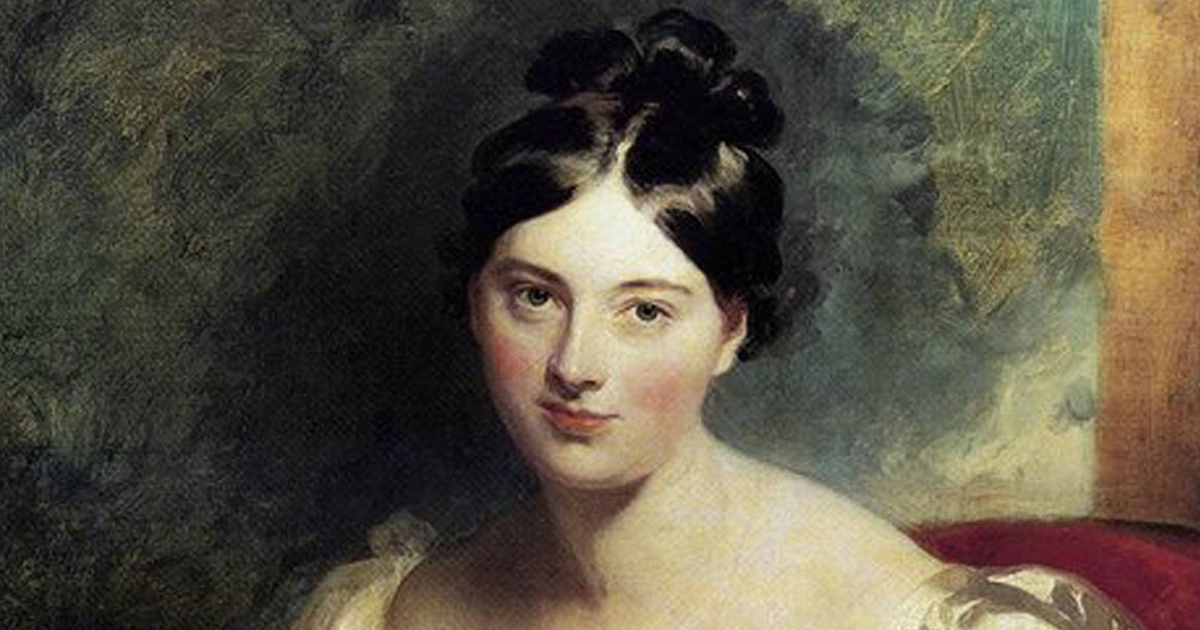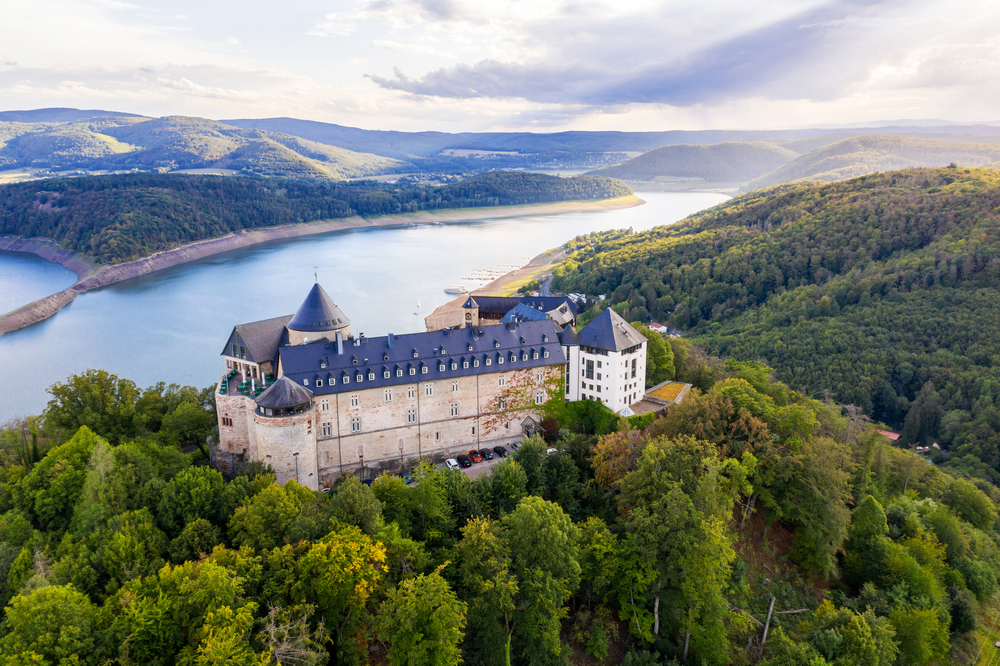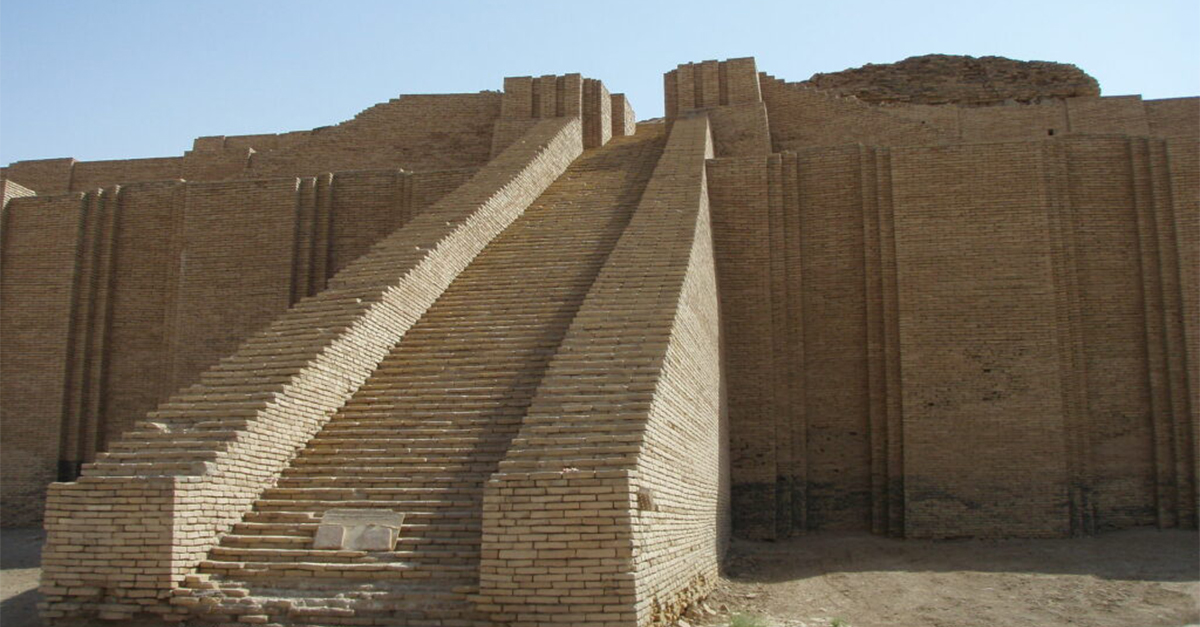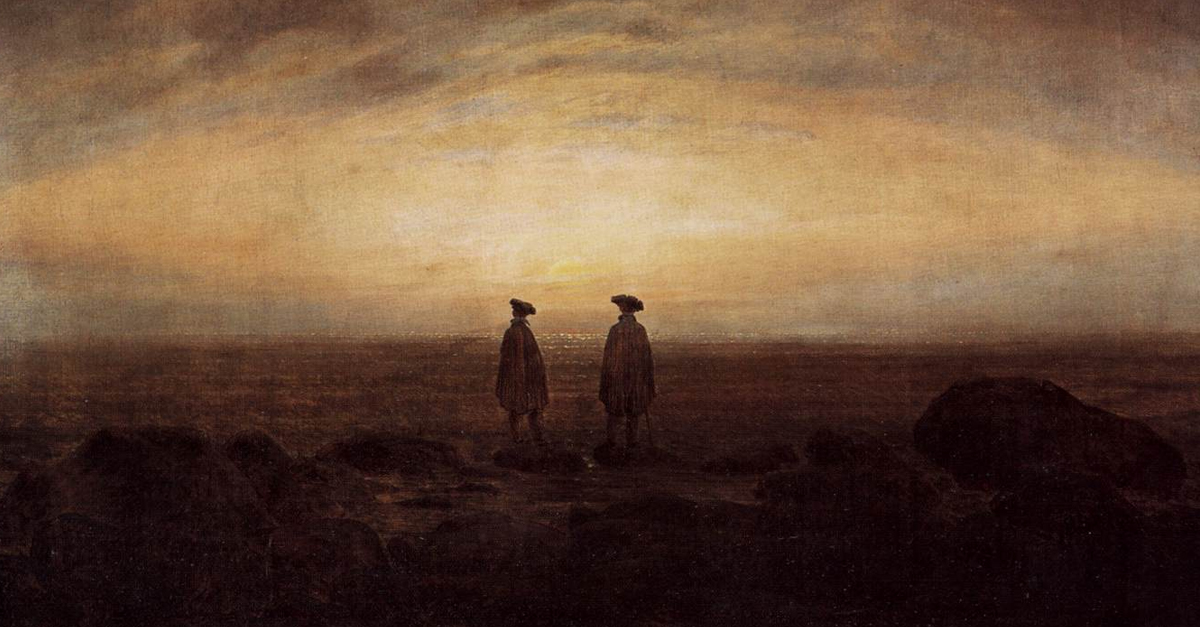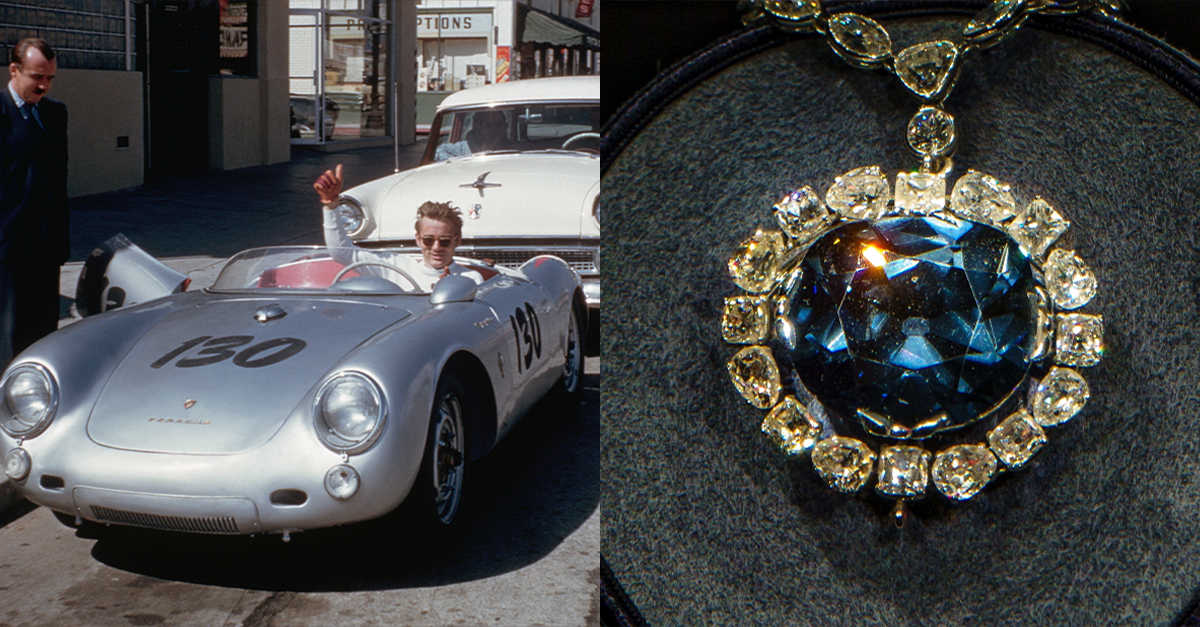The fairest of them all
We all know the classic fairy tale of Snow White, the fairest of them all. She is one of the most legendary storybook figures in history, known for her beauty, hope, and resilience in the face of adversity. But did you know she may have been inspired by a real-life woman? Her name was Margaretha von Waldeck.
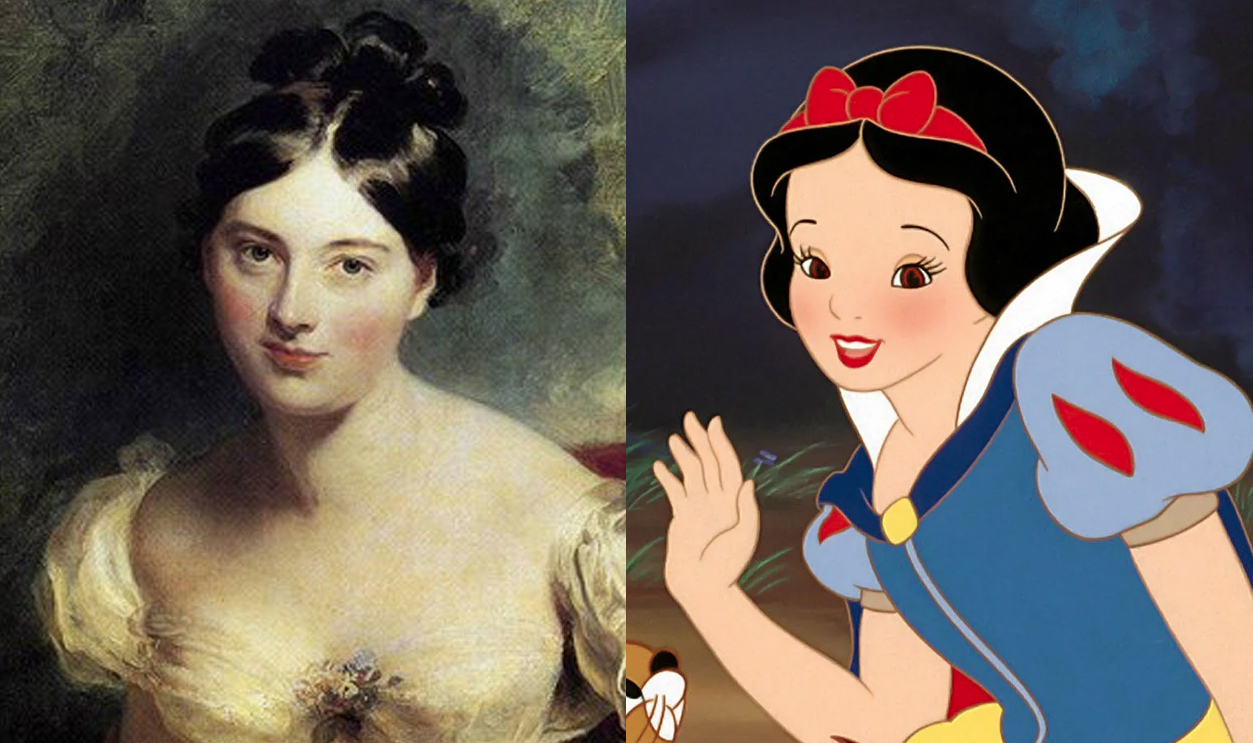
Once upon a time
Margaretha von Waldeck was a German countess born in 1533 in the Waldeck area of Germany. She came from a noble family during the time of the Holy Roman Empire that was well-known among the people in the region.
A shift in family dynamics
Her father, Philip IV, Count of Waldeck-Wildungen, owned several copper mines. When she was just four years old, her mother died, and her father ended up remarrying to Katharina von Hatzfeldt, who then became Margaretha's stepmother.
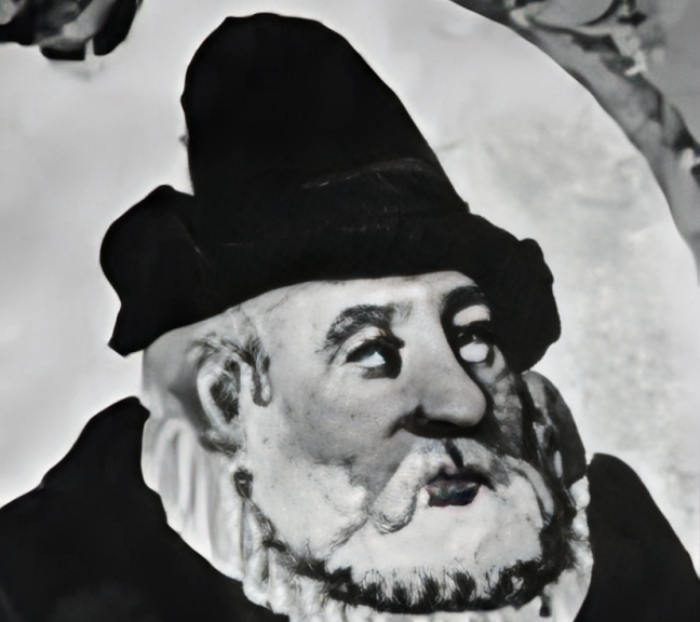 Unknown Author, Wikimedia Commons
Unknown Author, Wikimedia Commons
The "evil" stepmother
Margaretha reportedly had a difficult relationship with her stepmother. Katharina von Hatzfeldt was not fond of Philip's children and often sent them away to live with relatives. It's believed that Margaretha was sent to live with her uncle Johan Cirksena in Brussels—and that's when her life changed.
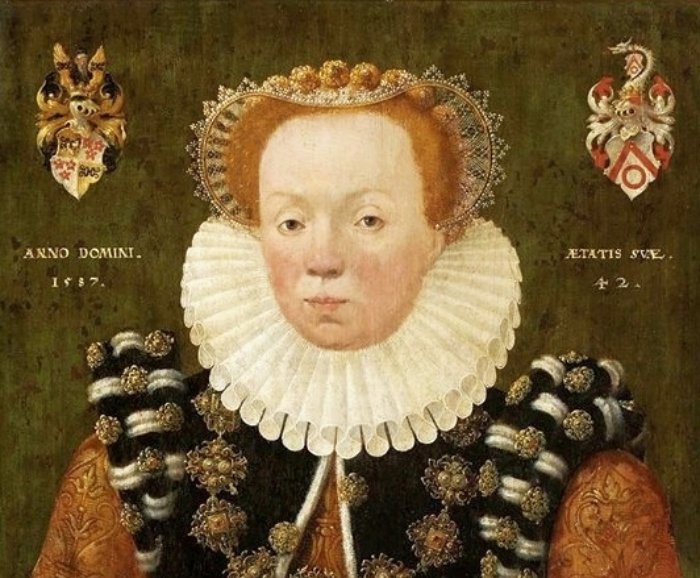 Hermann tom Ring, Wikimedia Commons
Hermann tom Ring, Wikimedia Commons
Her beauty was undeniable
In 1549, while in Brussels, Margaretha was sent to the court of Mary of Hungary. This was a political move intended to assist her father in gaining favor with Charles V, the Holy Roman Emperor. During her visit, word quickly spread about her exceptionally beautiful appearance.
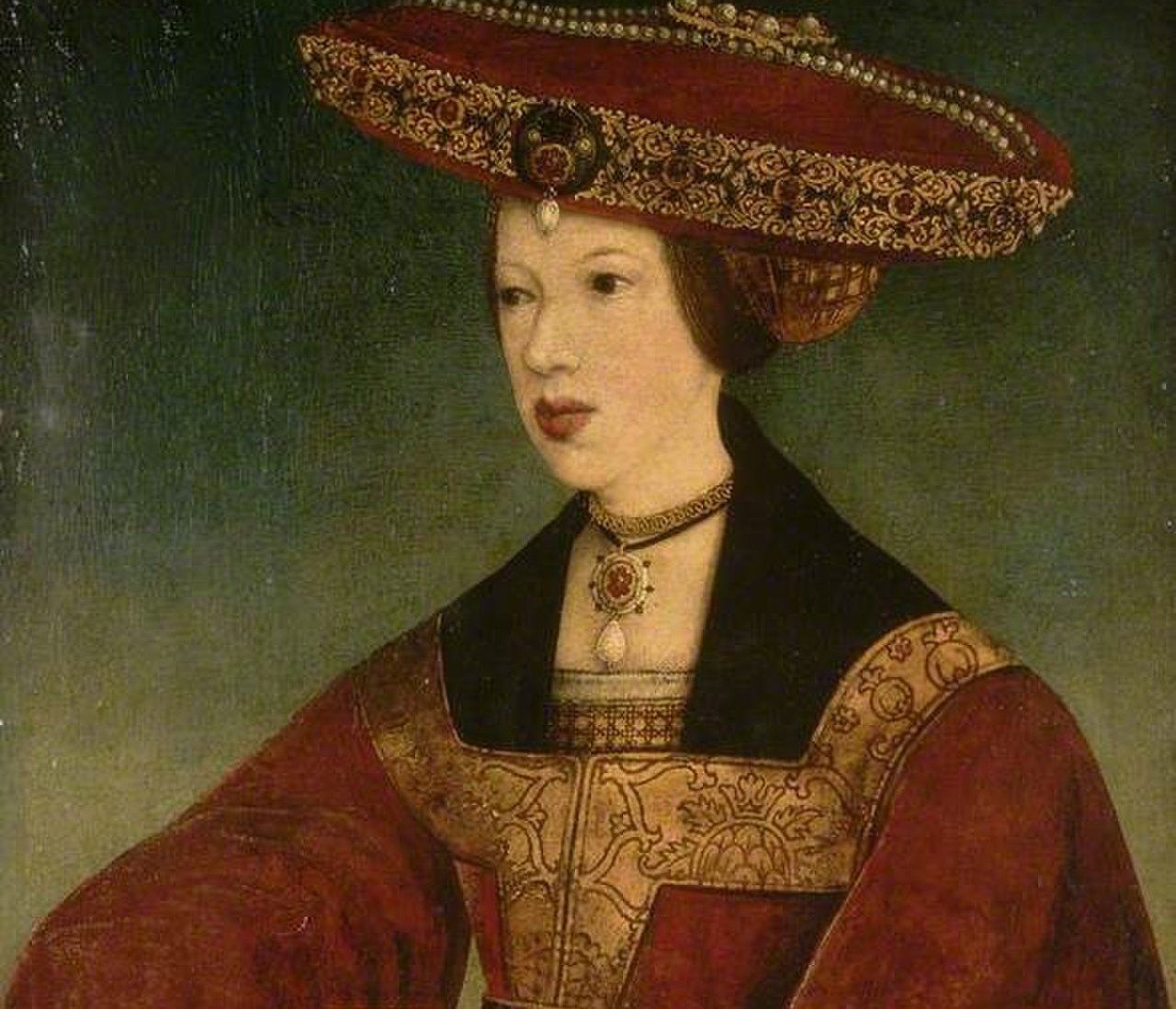 Hans Maler zu Schwaz, Wikimedia Commons
Hans Maler zu Schwaz, Wikimedia Commons
Meeting her prince
Margaretha's beauty caught everyone's attention in court. She was adored by all, catching the eye of numerous influential individuals including Crown Prince Philip II of Spain.
 Sofonisba Anguissola, Wikimedia Commons
Sofonisba Anguissola, Wikimedia Commons
A slightly scandalous affair
But because of their political and religious contrasts, they could not have a relationship. The King of Spain did not approve of the match because Margaretha was Lutheran while Philip was a devoted Catholic. Despite their love, they never married.
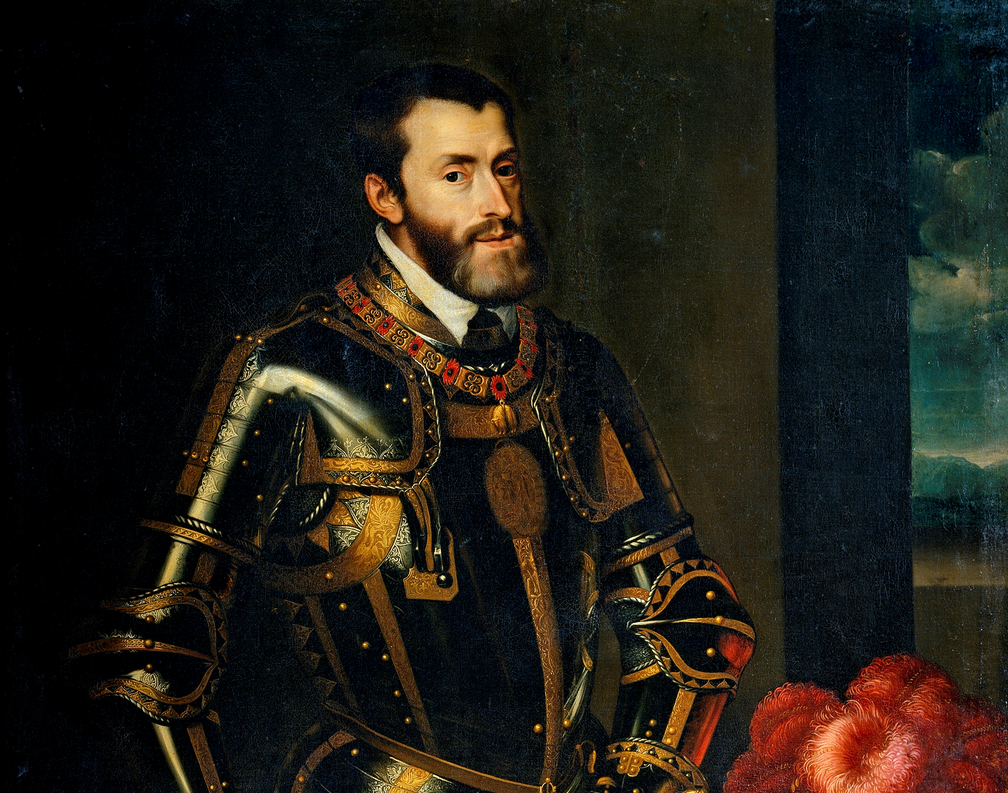 Juan Pantoja de la Cruz, Wikimedia Commons
Juan Pantoja de la Cruz, Wikimedia Commons
The mysterious aftermath
Margaretha's health started to worsen in the early 1550s, leading to her death at the age of 21 in 1554. There were rumors suggesting she may have been poisoned, likely by Spanish agents who were concerned about her secret relationships within the royal court. Her tragic end is similar to Snow White’s near-death experience with the poisoned apple.
Parallels between life and art
Many aspects of Margaretha's life mirror that of Snow White's fairy tale. For one, Margaretha was famous for her beauty, which often caused the envy of other women including her stepmother.
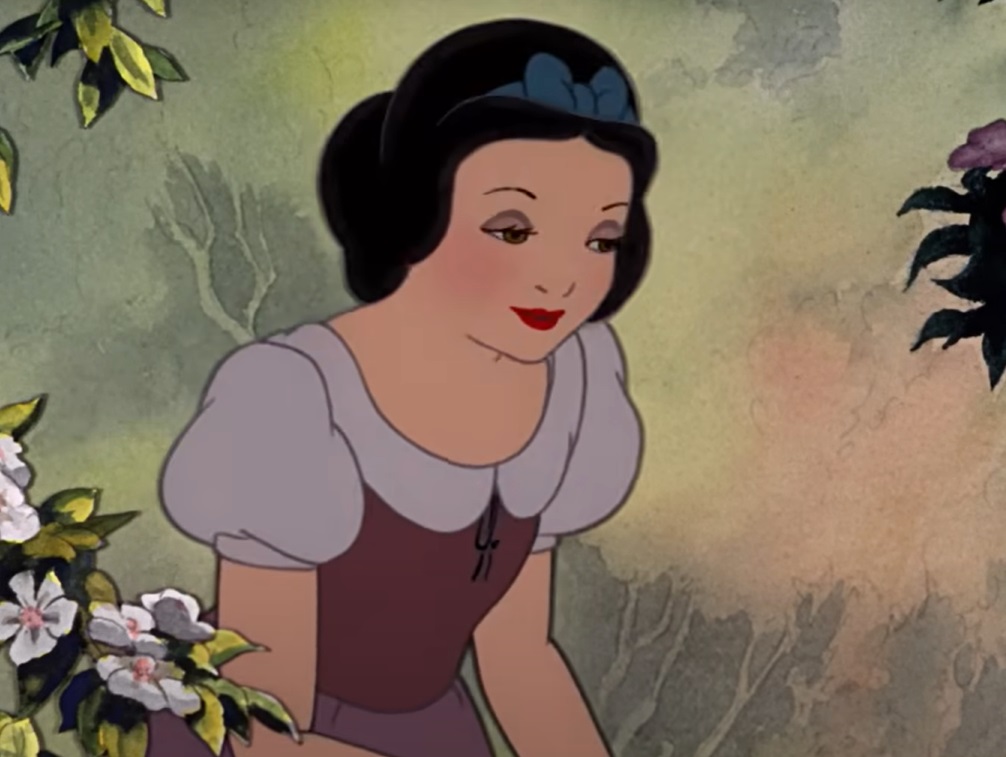 Walt Disney, Snow White and the Seven Dwarfs (1937)
Walt Disney, Snow White and the Seven Dwarfs (1937)
Jealousy is a common theme
While her stepmother was not directly involved in the poisoining that lead to her death, she was reportedly jealous of Margaretha in the same way that the evil stepmother was jealous of Snow White.
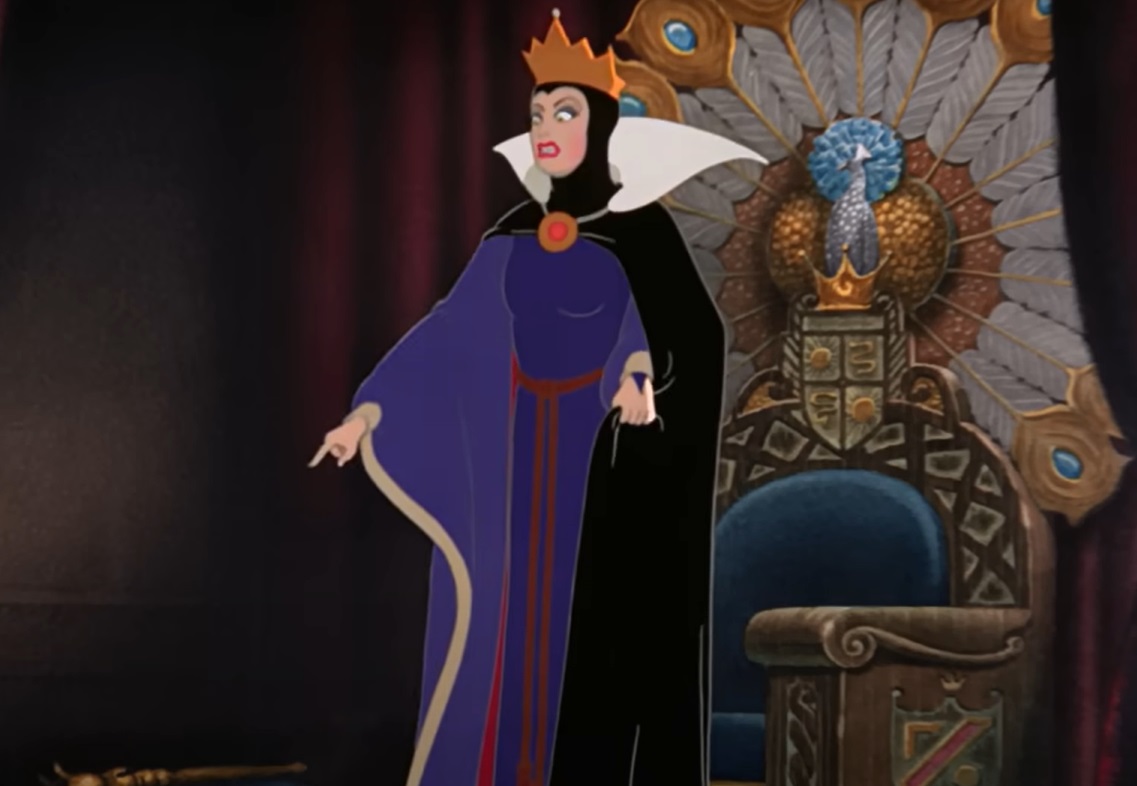 Walt Disney, Snow White and the Seven Dwarfs (1937)
Walt Disney, Snow White and the Seven Dwarfs (1937)
Inspiration for the seven dwarfs
The seven dwarfs concept may have come from children in her father's mines who suffered from malnourishment and stunted growth due to harsh working conditions.
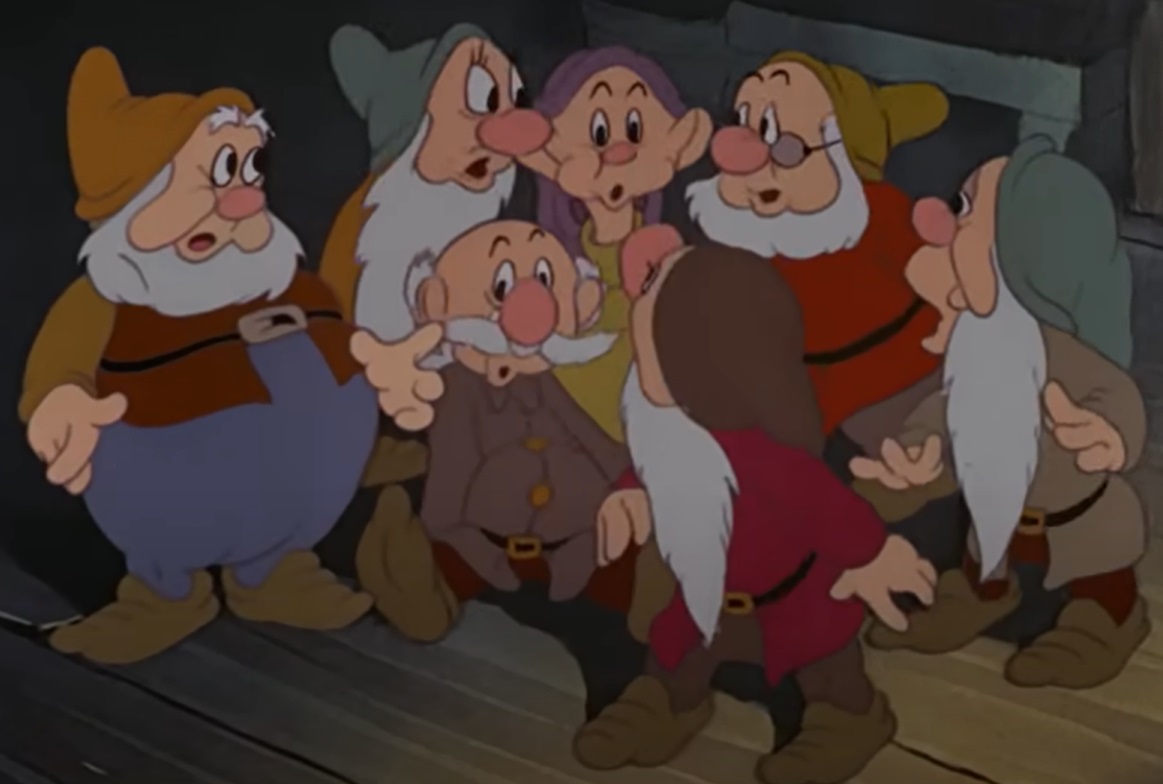 Walt Disney, Snow White and the Seven Dwarfs (1937)
Walt Disney, Snow White and the Seven Dwarfs (1937)
The cottage in the forest
The cottage in the film where Snow White lives with the seven dwarfs is yet another similarity, representing the shared living spaces of the child laborers in the copper mines.
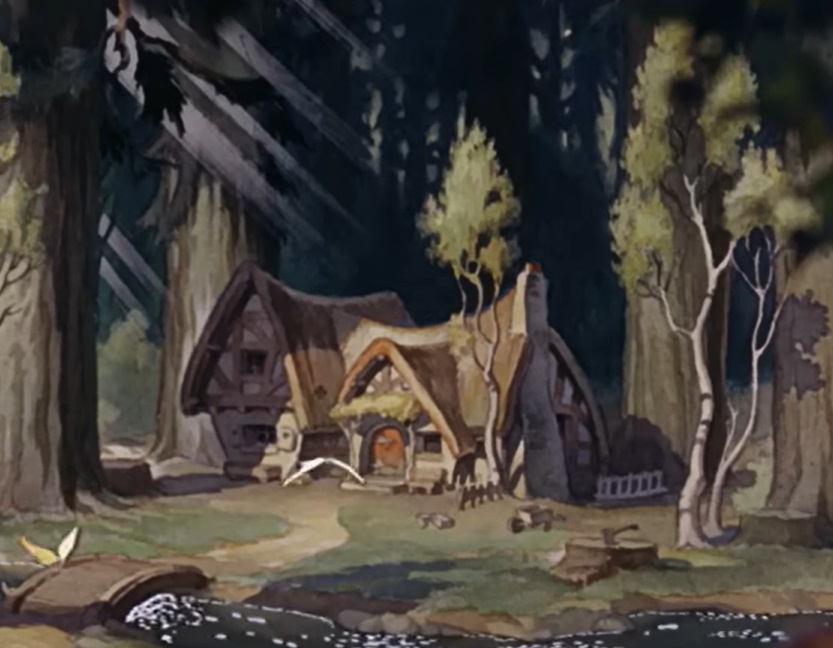 Walt Disney, Snow White and the Seven Dwarfs (1937)
Walt Disney, Snow White and the Seven Dwarfs (1937)
The poisoned apple
Margaretha's tale lacks evidence of a poisoned apple, but a local case involved an unidentified man poisoning apples to deter theft. The details of this storyline might have been changed by the Grimm Brothers in their retelling.
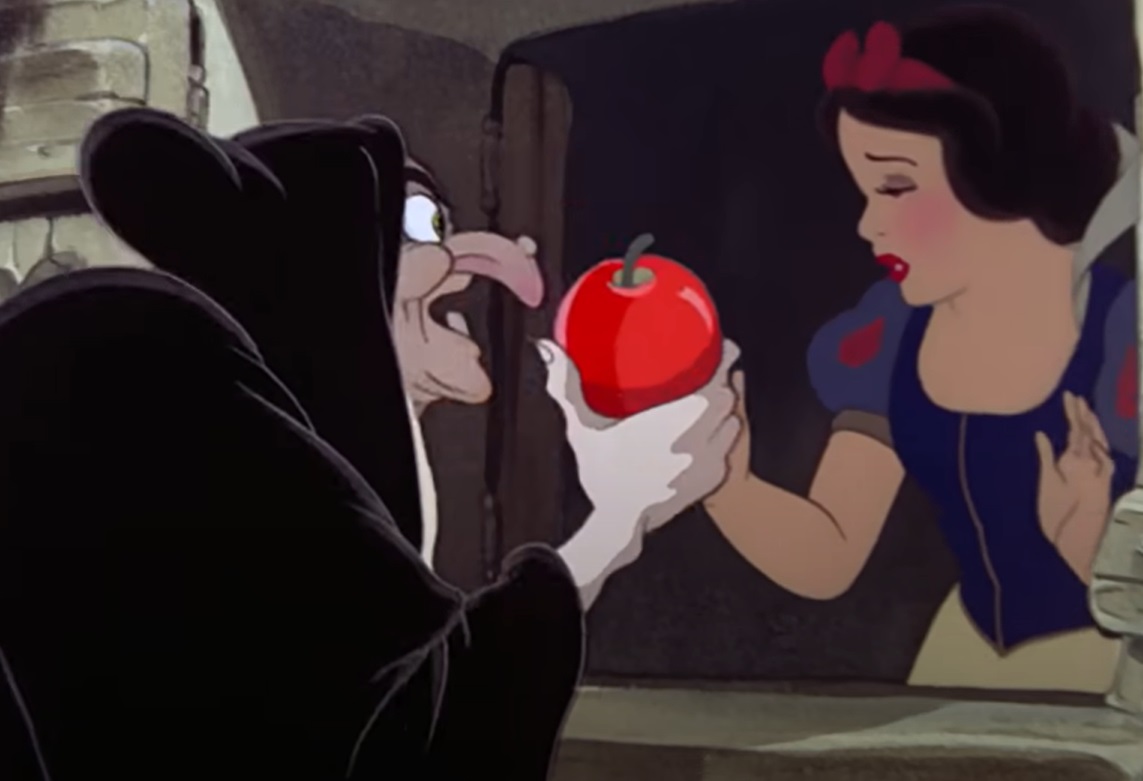 Walt Disney, Snow White and the Seven Dwarfs (1937)
Walt Disney, Snow White and the Seven Dwarfs (1937)
The magic mirror
Excellent quality mirrors were made in Lohr, a region neighboring Waldeck. Such mirrors were said to reflect a person's true image and to never lie, resembling the enchanted mirror in the storybook.
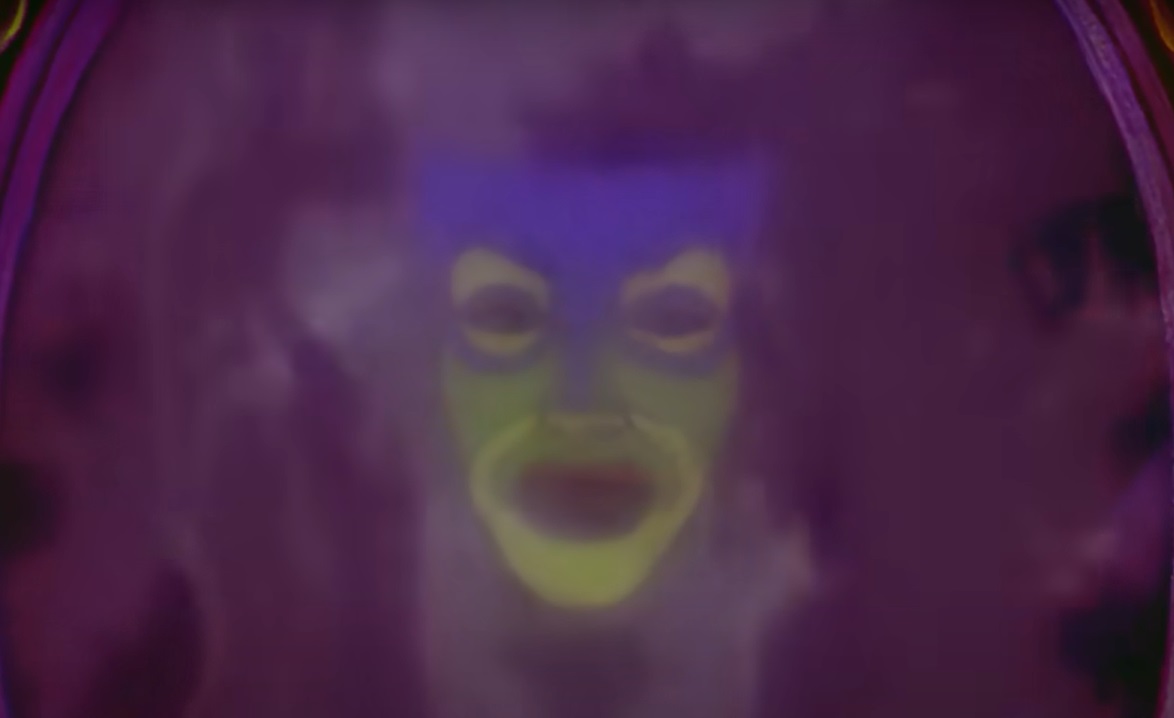 Walt Disney, Snow White and the Seven Dwarfs (1937)
Walt Disney, Snow White and the Seven Dwarfs (1937)
True origins unknown
Over the years, the German regions of Waldeck and Lohr have argued back and forth regarding which of them had a greater influence on Snow White. Some historians believe this competition implies that the Grimm Brothers may have combined various folk tales from both regions to come up with their version of the fairy tale.
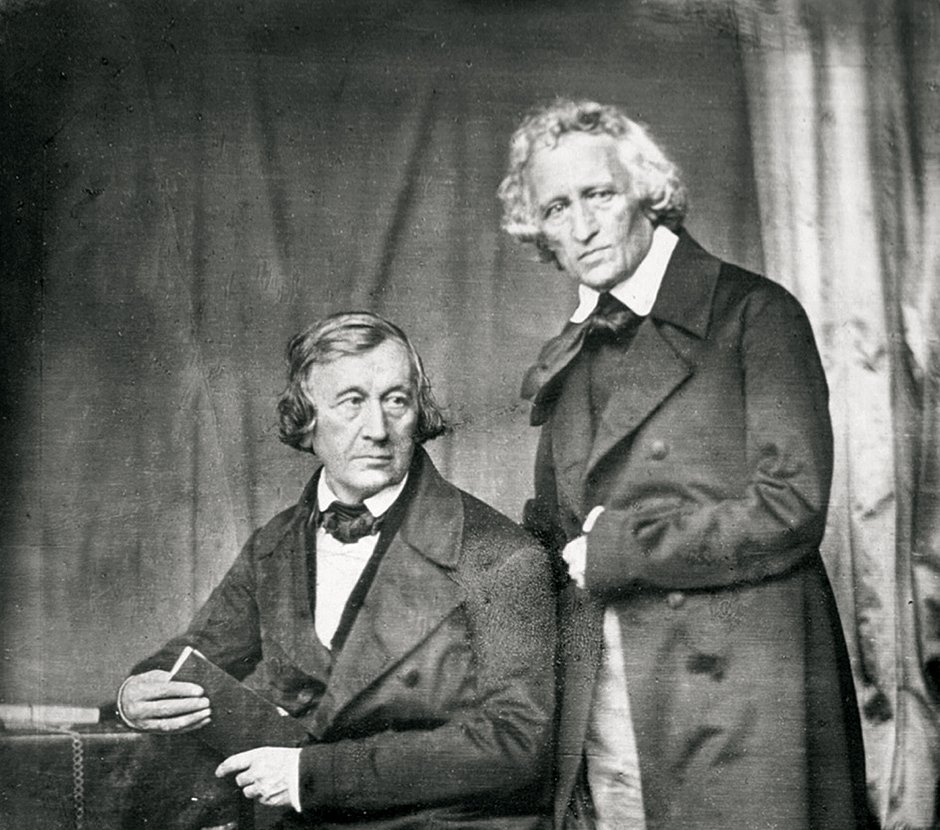 Hermann Biow, Wikimedia Commons
Hermann Biow, Wikimedia Commons
Linking Margaretha and Snow White
German historian Eckhard Sander popularized the idea that Margaretha von Waldeck was the inspiration for Snow White. He proposed that the Grimm Brothers heard about Margaretha's tale from their sister, who had traveled to the area where Margaretha resided.
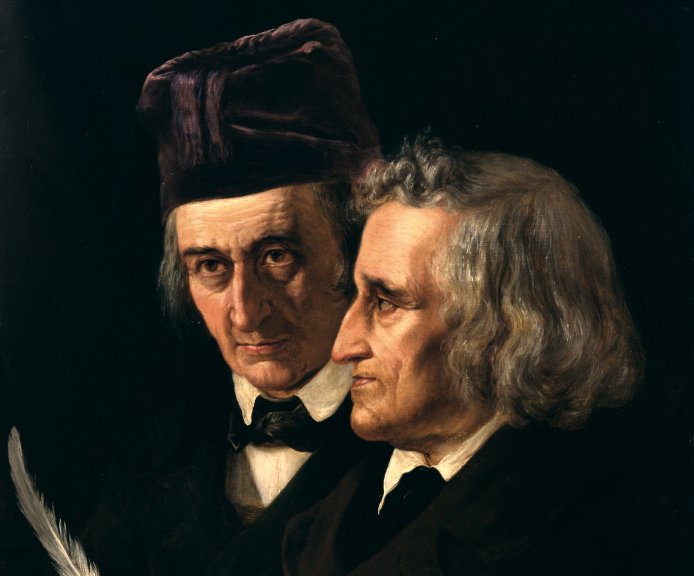 Elisabeth Baumann, Wikimedia Commons
Elisabeth Baumann, Wikimedia Commons
Enter Disney
Disney's "Snow White and the Seven Dwarfs" holds a special place as one of the most cherished and influential animated movies in history. Launched in 1937, it was the initial full-length animated movie in cinema history and established the norm for upcoming animated films.
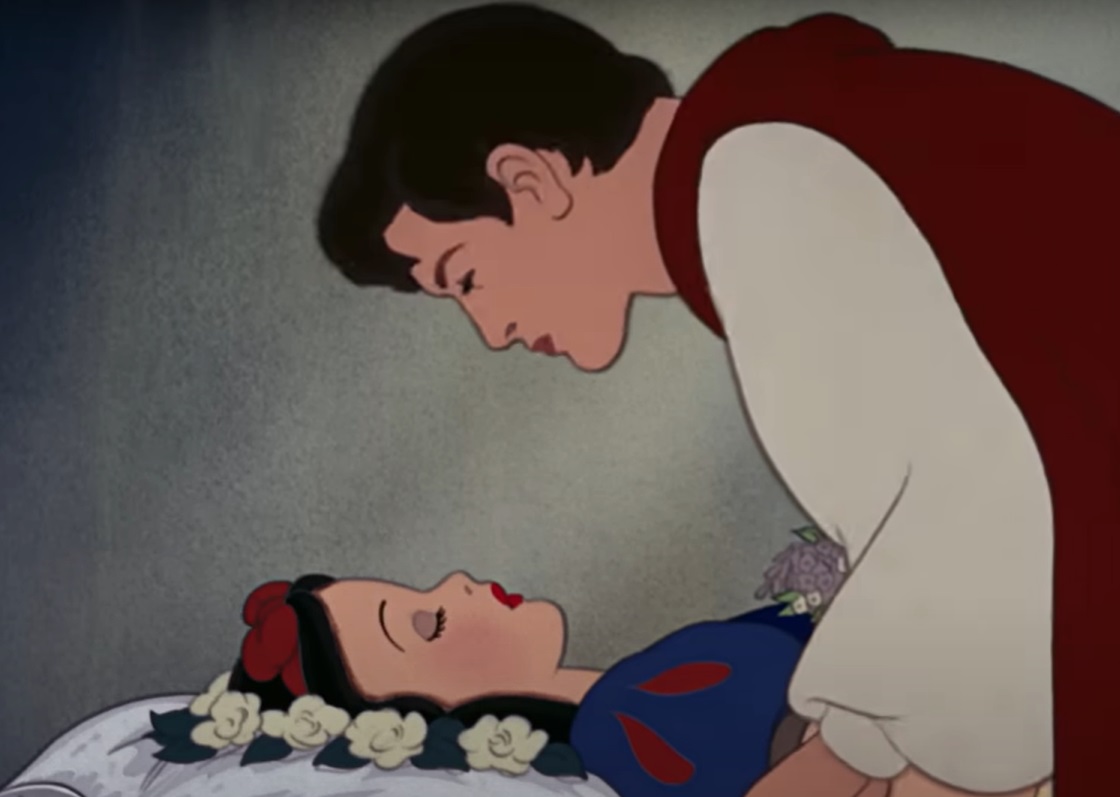 Walt Disney, Snow White and the Seven Dwarfs (1937)
Walt Disney, Snow White and the Seven Dwarfs (1937)
As white as snow
Snow White's appearance in the Disney movie, featuring black hair, fair skin, and red lips, mirrors conventional standards of beauty, similar to the description of Margaretha.
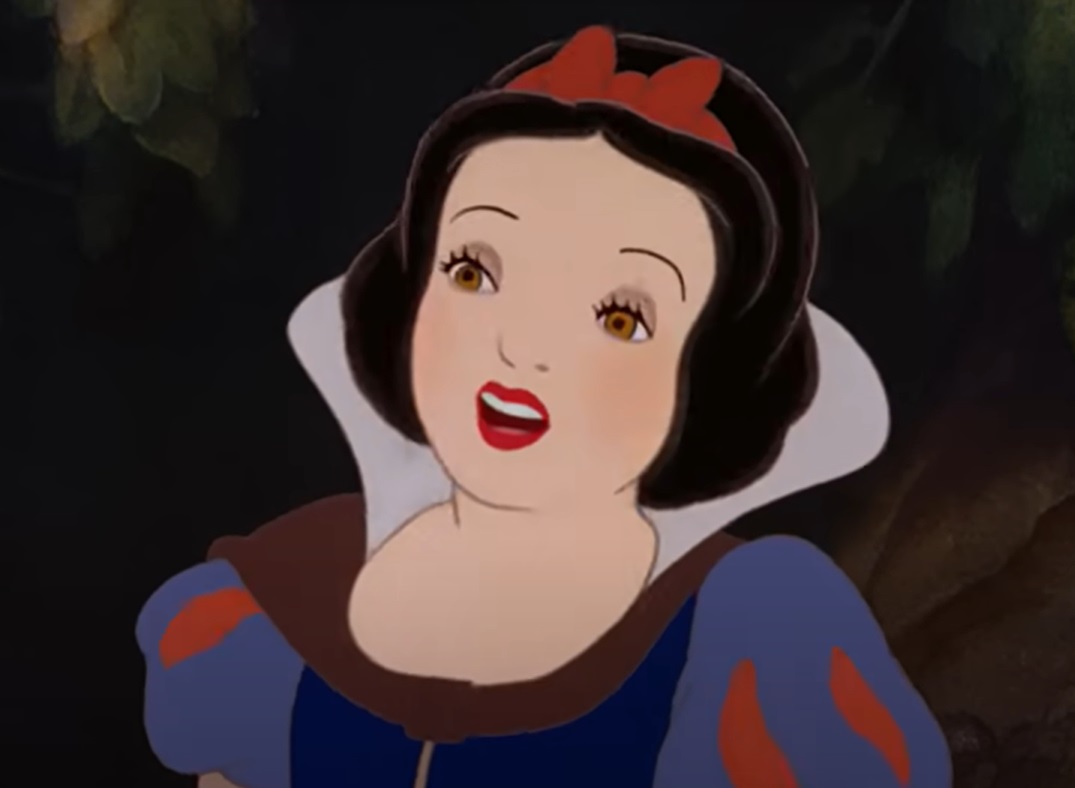 Walt Disney, Snow White and the Seven Dwarfs (1937)
Walt Disney, Snow White and the Seven Dwarfs (1937)
Positive reception
Disney's "Snow White and the Seven Dwarfs" has been highly praised by audiences. It captivated viewers with its innovative animation, beloved characters, and timeless story. Memorable songs like "Heigh-Ho" and "Someday My Prince Will Come" left a lasting impact across generations.
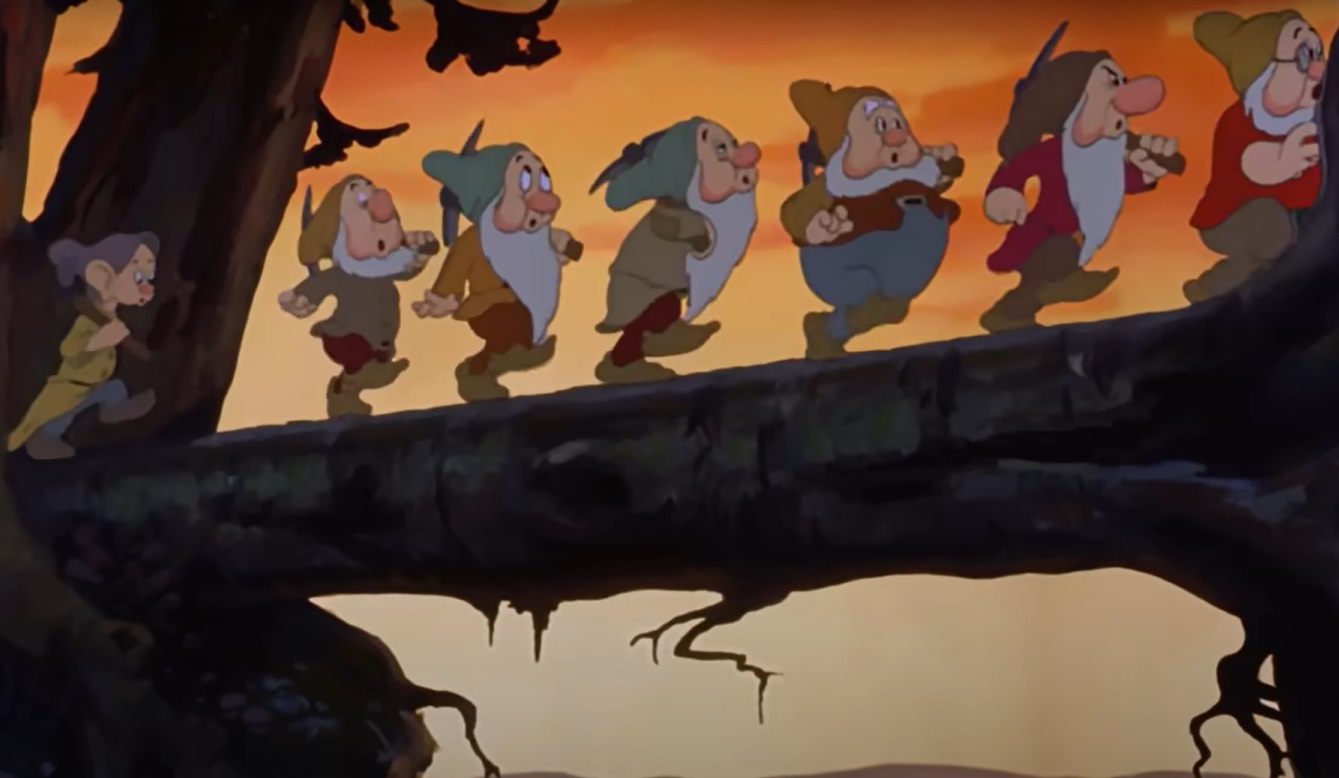 Walt Disney, Snow White and the Seven Dwarfs (1937)
Walt Disney, Snow White and the Seven Dwarfs (1937)
Margaretha's resting place
It is thought that Margaretha's burial site is located beneath the current Brussels Bourse (stock exchange) in Belgium. This, however, has not been confirmed.
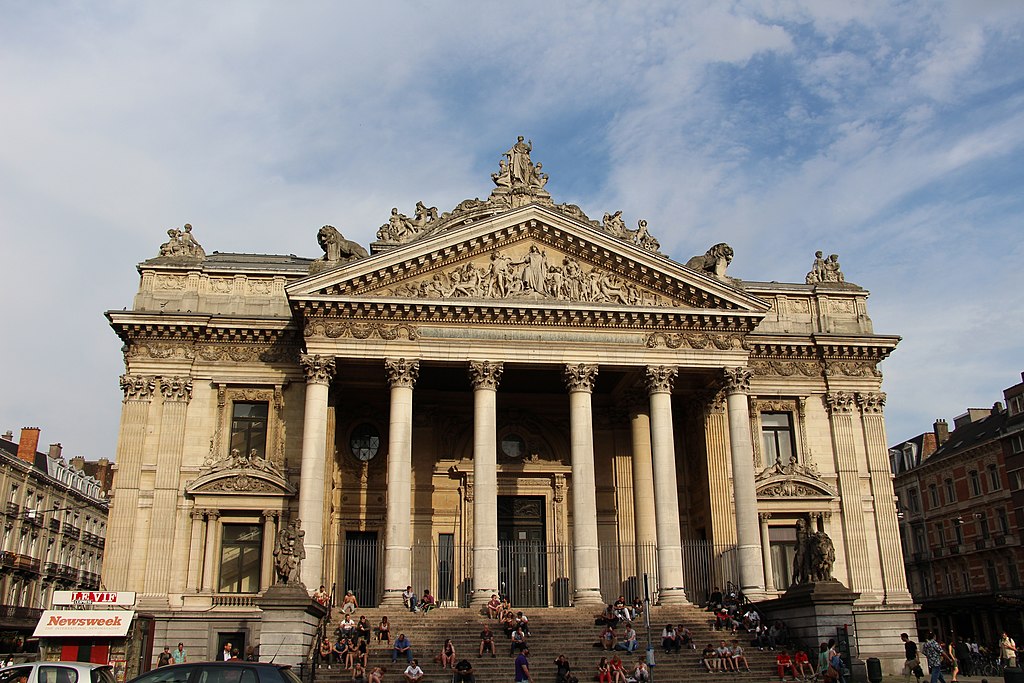 Fred Romero, CC BY 2.0, Wikimedia Commons
Fred Romero, CC BY 2.0, Wikimedia Commons
A tragedy that lives on
Margaretha's life may have been a sad one, but there was one good thing that came out of it—she was forefver immortalized in a fairy tale that is beloved by many. Her life is a prime example of how real stories can become everlasting legends.
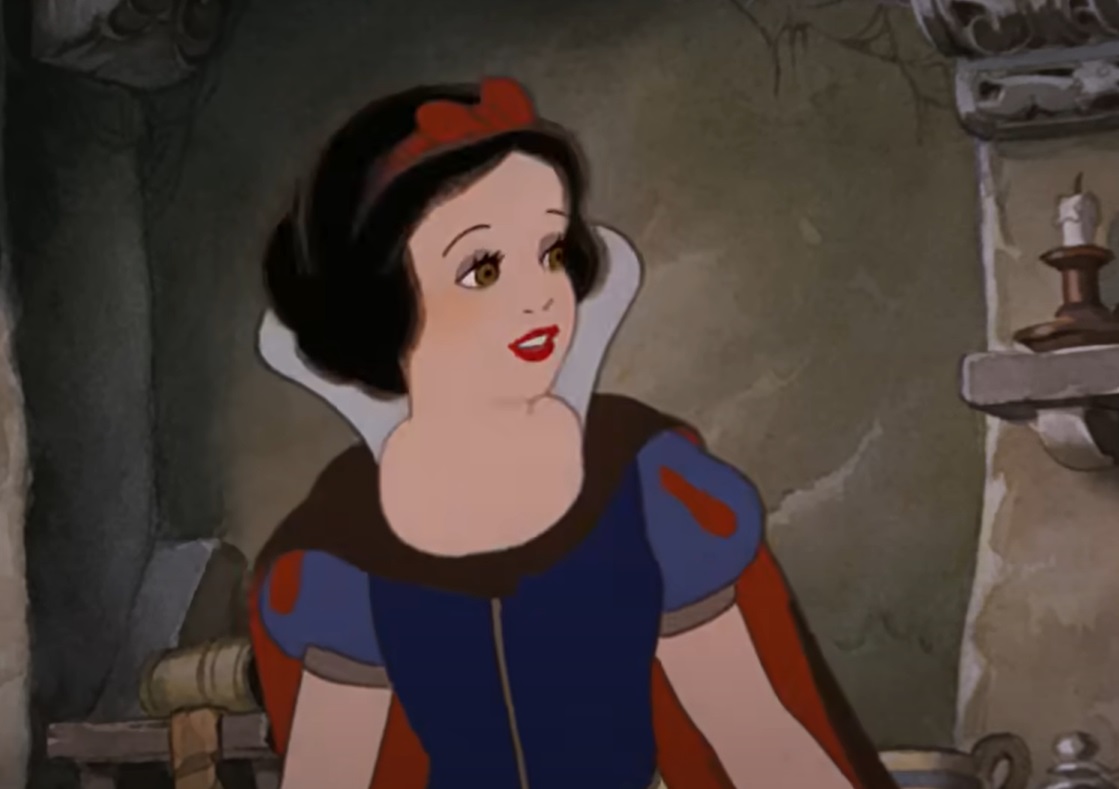 Walt Disney, Snow White and the Seven Dwarfs (1937)
Walt Disney, Snow White and the Seven Dwarfs (1937)

